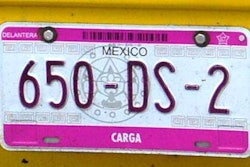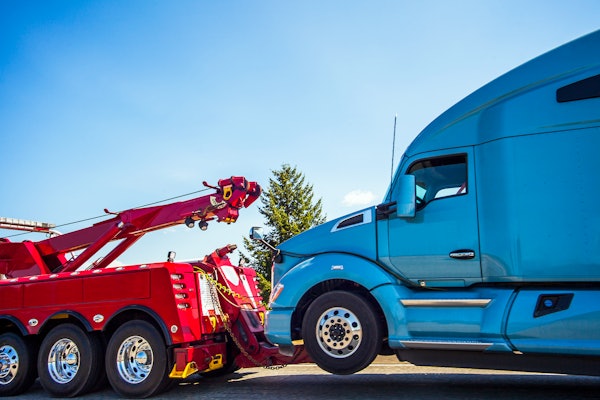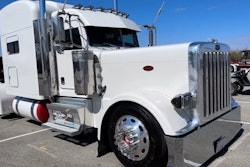FMCSA Associate Administrator for Enforcement Bill Quade updated the Cross-Border Subcommittee of the Motor Carrier Safety Advisory Committee August 27 on progress in the Pilot Program on NAFTA Long-haul Trucking Provisions.
Quade revealed during discussion that monitors of participating carriers’ electronic onboard recorder systems had shown “violations” of U.S. hours-of-service rules when drivers were in Mexican territory. “When they get to the border we’re making sure they haven’t driven so long [in Mexico] that they are outside of compliance with our rules.” However, Quade added, the EOBRs “have flagged times when they’ve violated the 11-hour rule and 14-hour rule in Mexico – we don’t have any authority to enforce that.”
Owner-Operator Independent Drivers Association Executive Vice President Todd Spencer called such violations a bad indicator of future performance. While drivers in Mexico don’t have a formal federal log-book requirement, state and federal work hours rules can dictate more restrictive schedules. “We had heard that Mexico’s [work hours] regulations are even more stringent than ours,” said Spencer. “I would generally think that if there wasn’t any real level of compliance with the regulations that are applicable there, it wouldn’t be much of an indicator of compliance on this side of the border.”

Since the last update on the program, delivered at the MCSAC’s May meeting, some progress had been made in the number of Mexican carriers approved for long-haul in the United States.
But MCSAC cross-border subcommittee members continued to express concern over the status of the program. Reacting to the intelligence that 109 of the the program’s 111 total truck inspections had been conducted at border checkpoints, Henry Jasny of Advocates for Highway and Auto Safety worried that “border inspections won’t give you much of a good look at how the carriers are operating inside the U.S. when they’re not at the border…. I’d like to see more inspections outside the border area.”
Of the total 112 crossings, however, Quade reported, almost half of them resulted in carriers going no farther than the commercial zone along the border. Of a total 60,000-plus U.S. miles driven by cross-border carriers, 38,000 of those miles were driven in California and Texas alone. “Most carriers crossing in California are staying in California,” Quade said, with the Texas crossings resulting in trips throughout the Southeast as far north as Kentucky and North Carolina.














